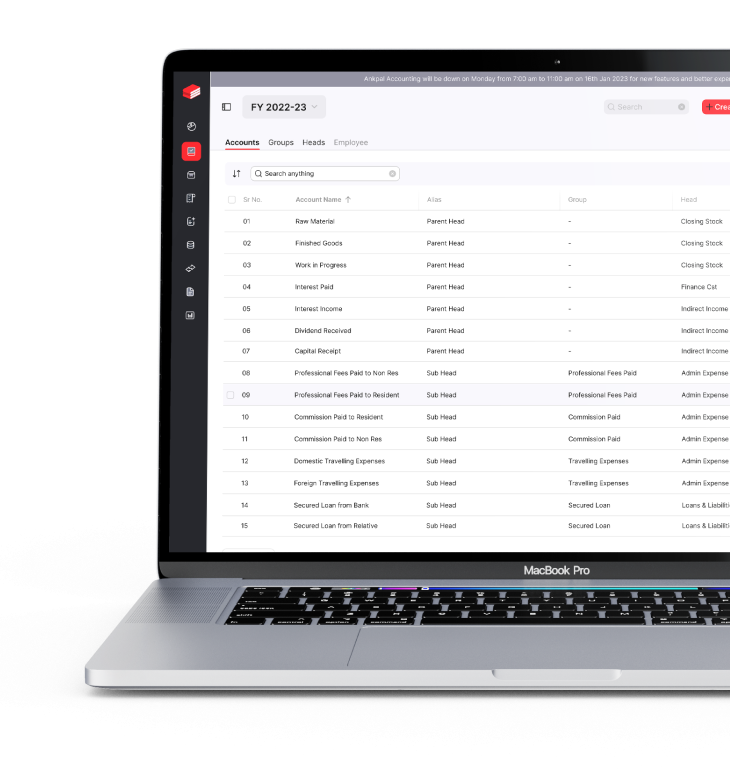
A business must meet short-term financial commitments, including payroll and suppliers, within a year. They represent a sizable portion of a company's cash outflow and should be managed well to keep things under control. These obligations are disclosed on a company's balance sheet and are paid from earnings from ongoing operations. Accounts payable, short-term debt, accumulated expenses, and dividends payable are examples of current obligations. They can be contrasted with current assets and non-current or long-term liabilities. The best accounting software for manufacturing businesses can do systemic monitoring, archiving, recording, analysis, summarizing, and reporting of a company's current capabilities. Let's go over this in more depth.
What Are Current Liabilities, And How Does It Work?
Financial commitments a company owes within a year or during a regular operating cycle are known as current liabilities. These liabilities include short-term debt, accounts payable, accrued liabilities, and other commitments. The standard amount of current liabilities is required for many measures, and it can change according to the sector or industry. Analysts, accountants, and investors calculate and use current liabilities with the help of accounting software features and functions. Evaluating a company's capacity to satisfy its immediate financial responsibilities is important. In conclusion, a firm needs to make enough money and have enough cash on hand to pay off its current liabilities. Financial ratios frequently factor in current liabilities when calculating a company's ability to do so.
Types Of Current Liabilities
Accounts Payables
Short-term debt commitments to creditors and suppliers are called accounts payable (AP) and are listed under current liabilities on a company's balance sheet. They serve as a representation of the overall sum owed to suppliers or vendors for unpaid invoices. Customers can pay for supplies over 15, 30, or 45 days, depending on the vendor's payment terms. These invoices are short-term loans from the seller and are entered into accounts payable. A business can increase revenue from the sale of supplies and better manage its cash requirements by giving itself time to pay off an invoice.
Accrued Expense
Costs of expenses that have been incurred but have yet to be reimbursed are known as accrued expenses. Accrued expenses use the accrual method, which means that costs are recorded as incurred rather than paid. Since they are short-term financial commitments, accrued expenses are included in the balance sheet's current liabilities column. Companies frequently pay their employees using cash or other current assets, such as short-term assets.
Notes Payable
The notes payable cover the debts you owe. The ideal situation is for the notes payable to be less than the sum of short-term investments, cash, and accounts receivable because this demonstrates that your company is operating profitably. Accounting software features and functions help you identify that the investment is made correctly for the firm's benefit. In such cases, loans are not harmful.
Tax Payables
Taxes owed by businesses come in many forms and are listed as short-term liabilities. Those who owe taxes most frequently include:
- Government income taxes that are still owed must be paid. - Unpaid payroll taxes that have been withheld from employees - Sales taxes payable are the taxes that they receive from their clients and pay to the government.
Short Term Debt
The total amount of debt payments due within the upcoming year is referred to as short-term debt. When assessing a company's financial health, it is critical to contrast short-term and long-term debt. If revenue is insufficient to pay obligations, a business with a majority of short-term debt may experience cash flow problems. A lack of available cash may also lead to missing dividend payments or insufficient dividend growth, as dividends are cash payments made by corporations to shareholders as compensation for holding their stock.
Interest Payable
The interest that you owe lenders is referred to as the interest payable. The lenders will charge interest because you are not immediately returning the money you borrow. It also includes the interest paid on any loans you took out for your company.
Conclusion
Short-term debts are current liabilities. Current liabilities come in different forms, including dividends declared or payable and accounts payable. These debts are paid from business profits and often come due within a year. This can be calculated with the help of the best accounting software for manufacturing businesses.








